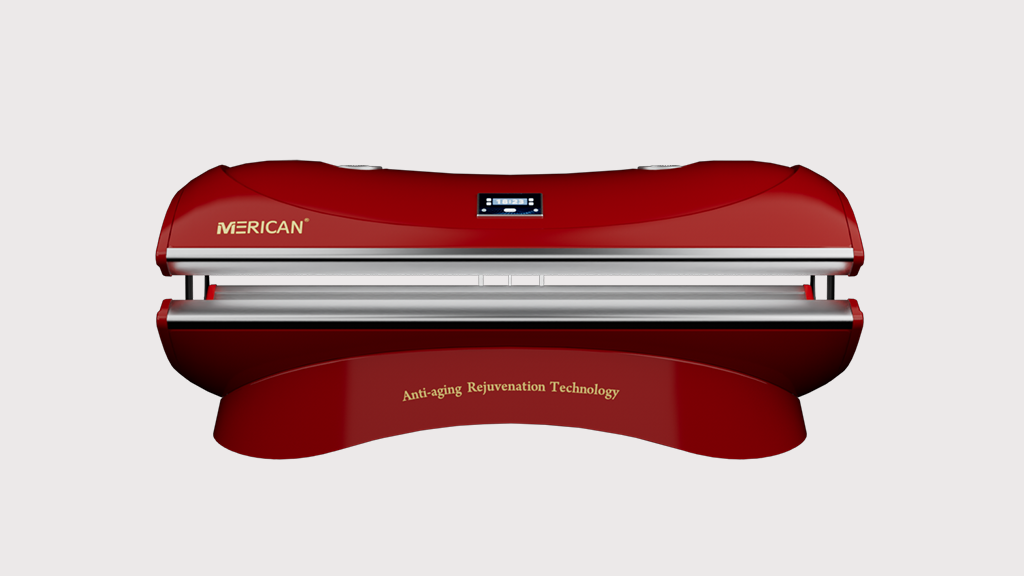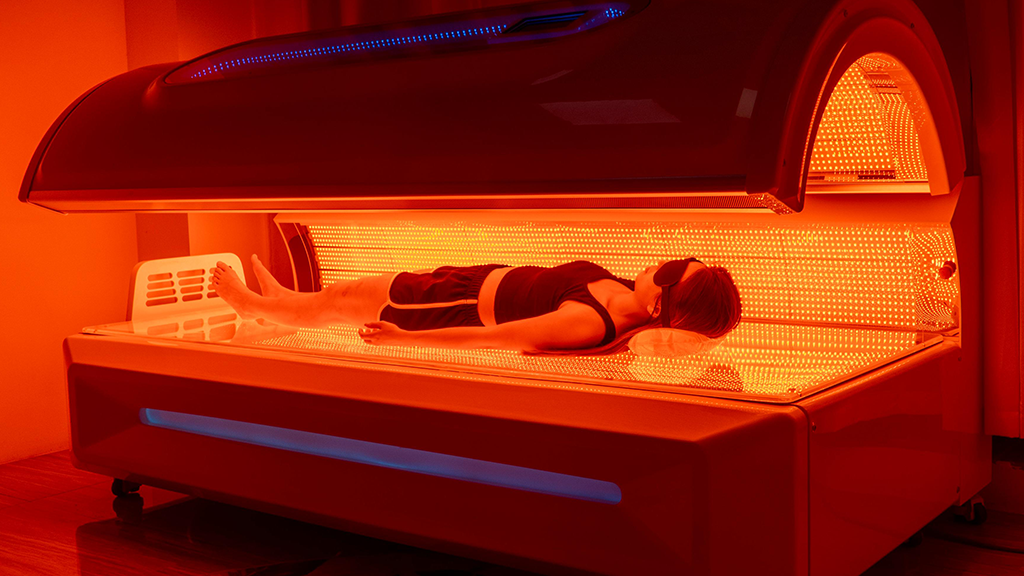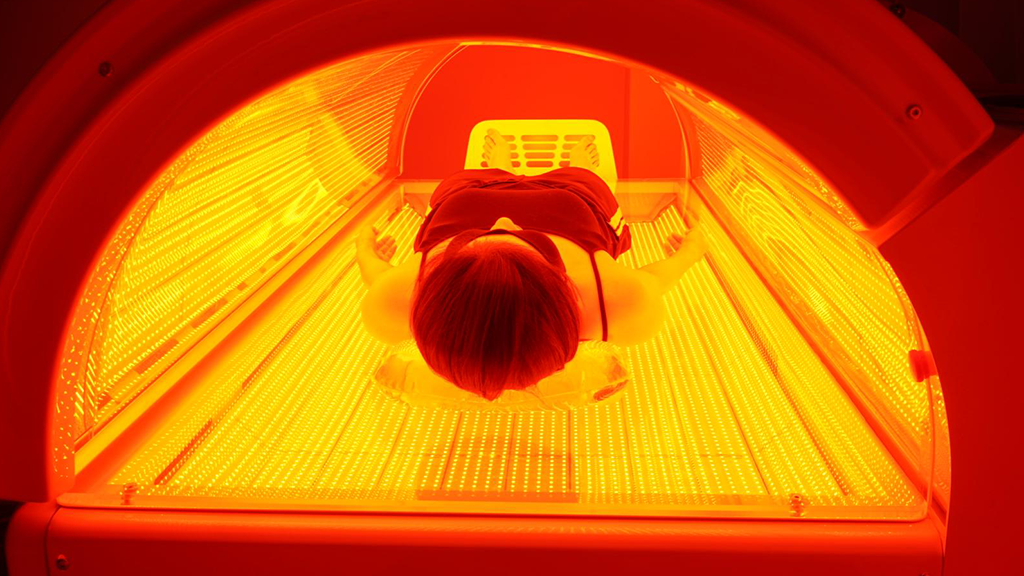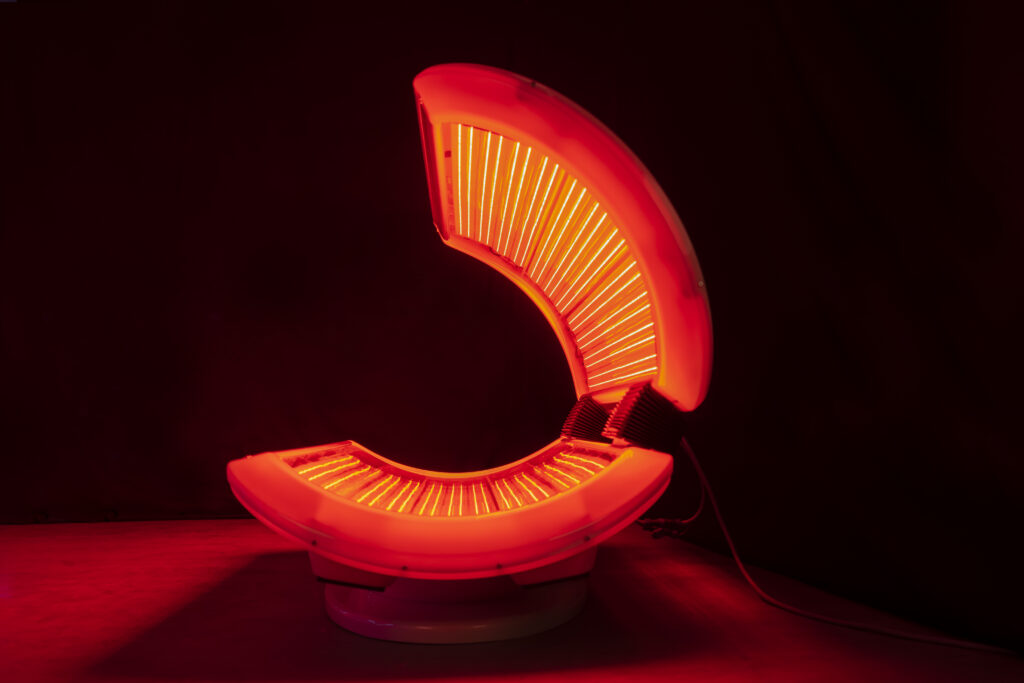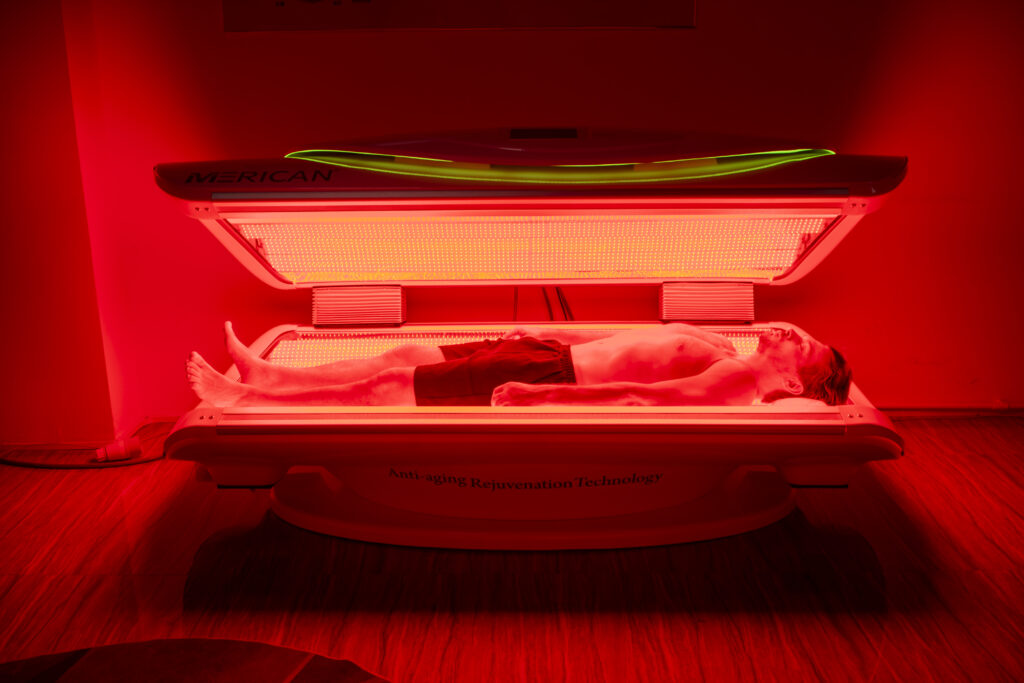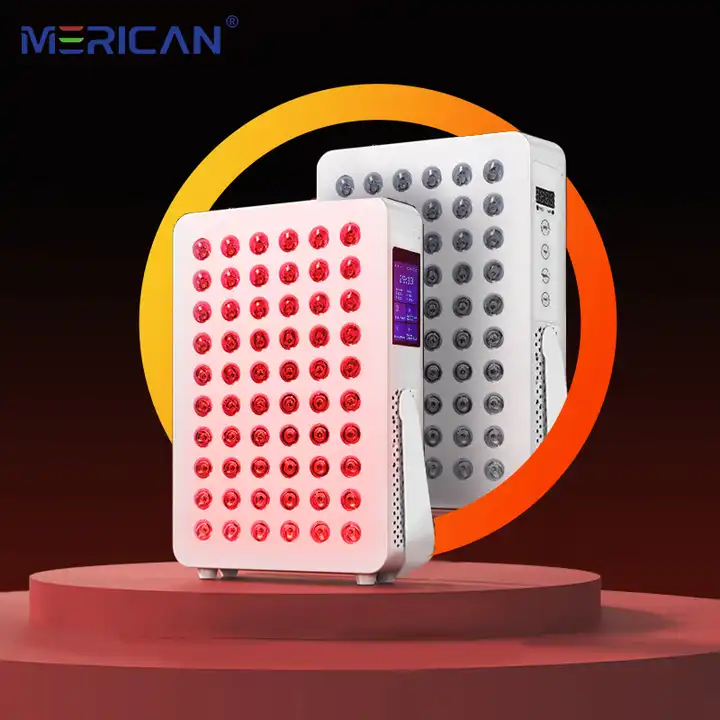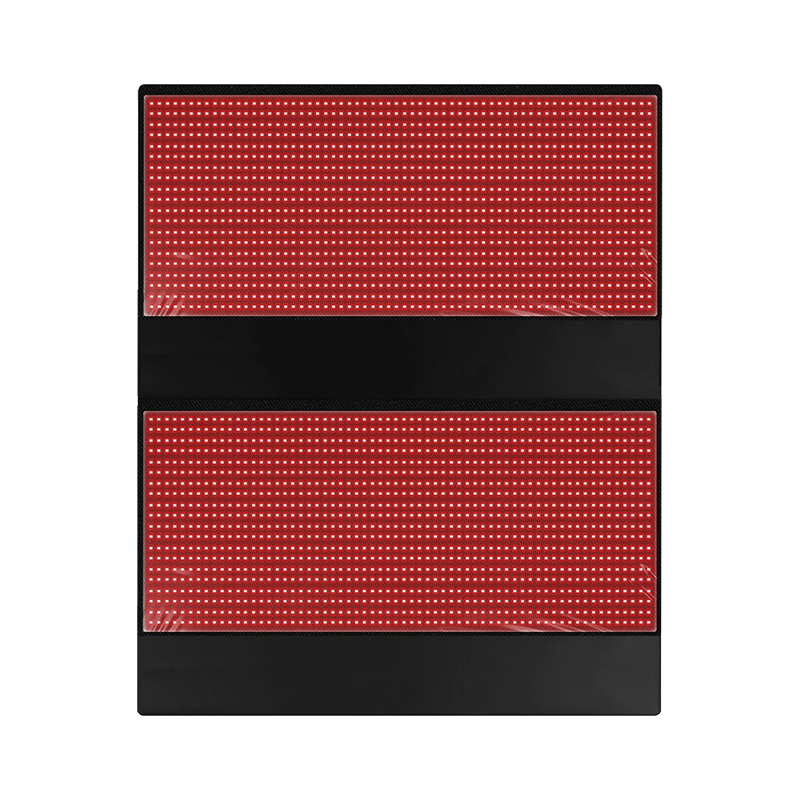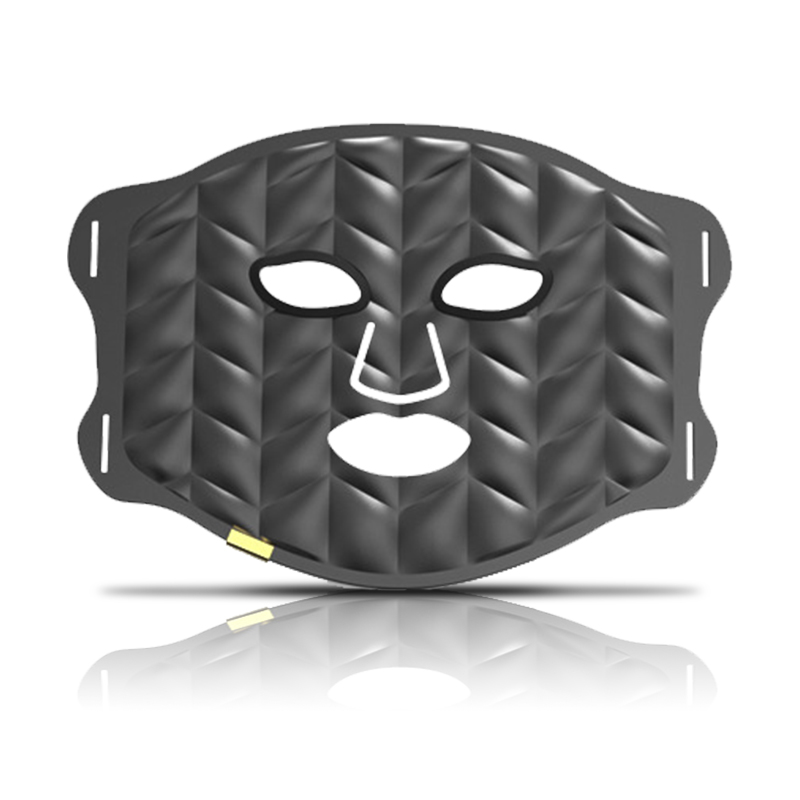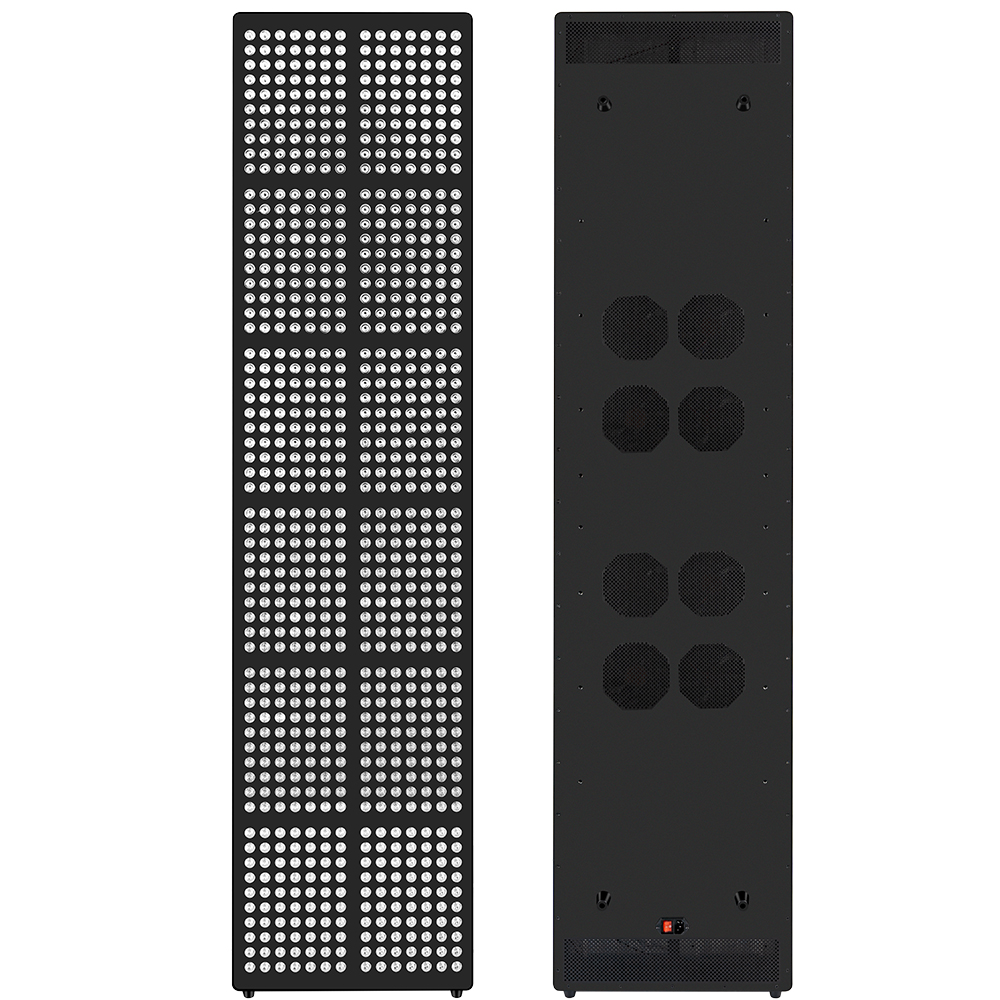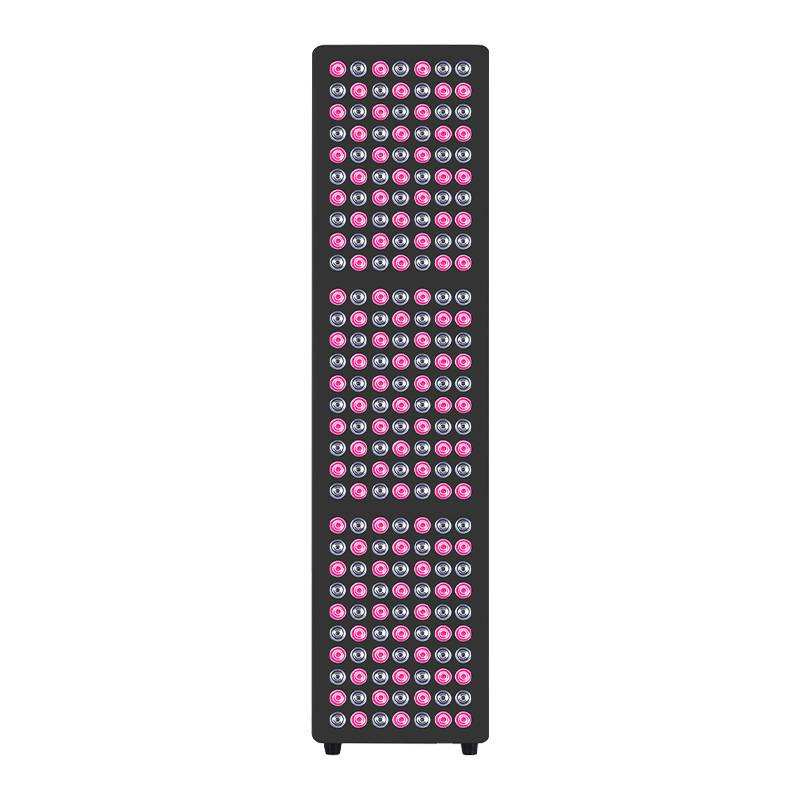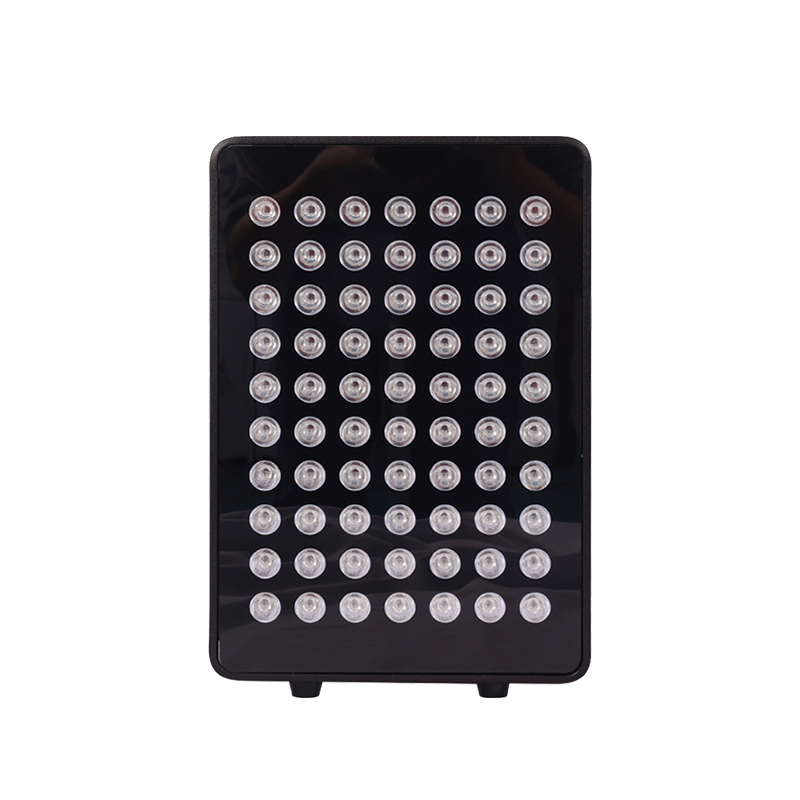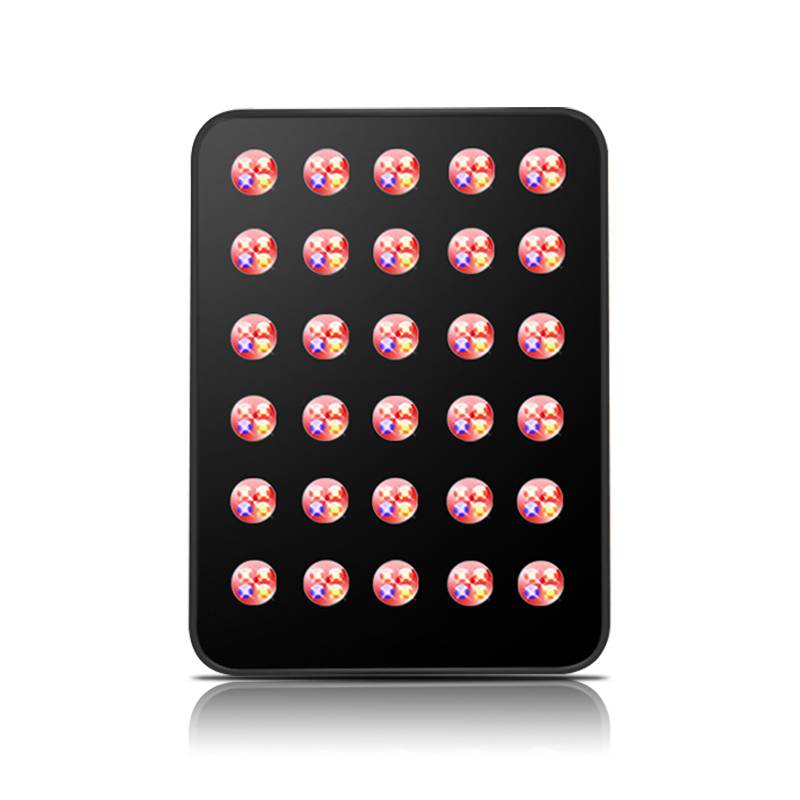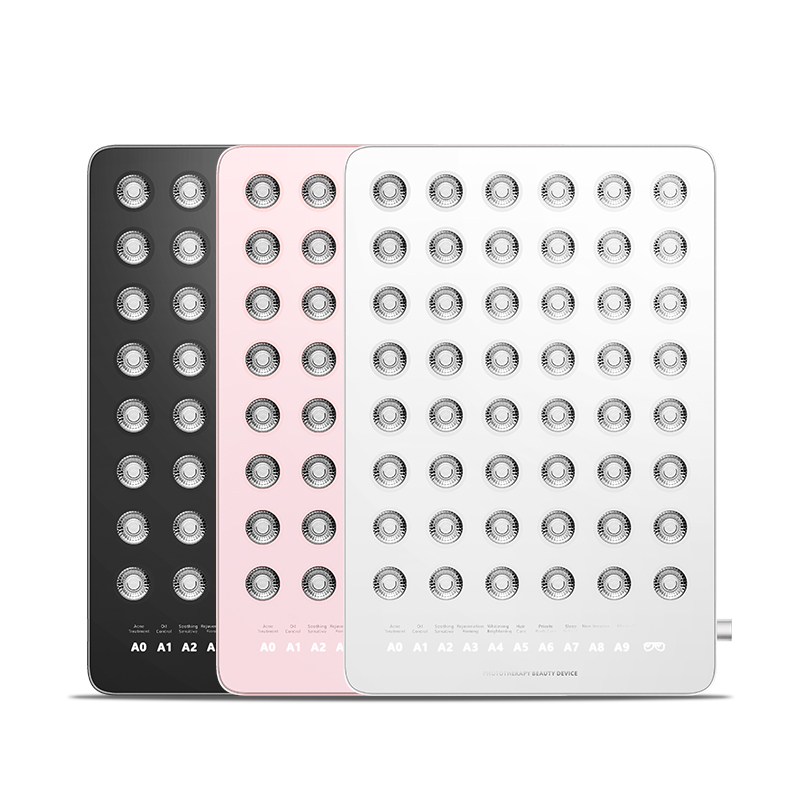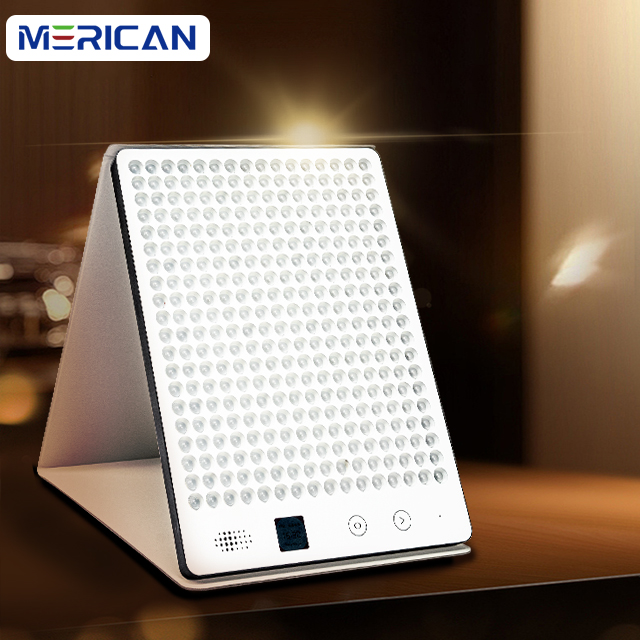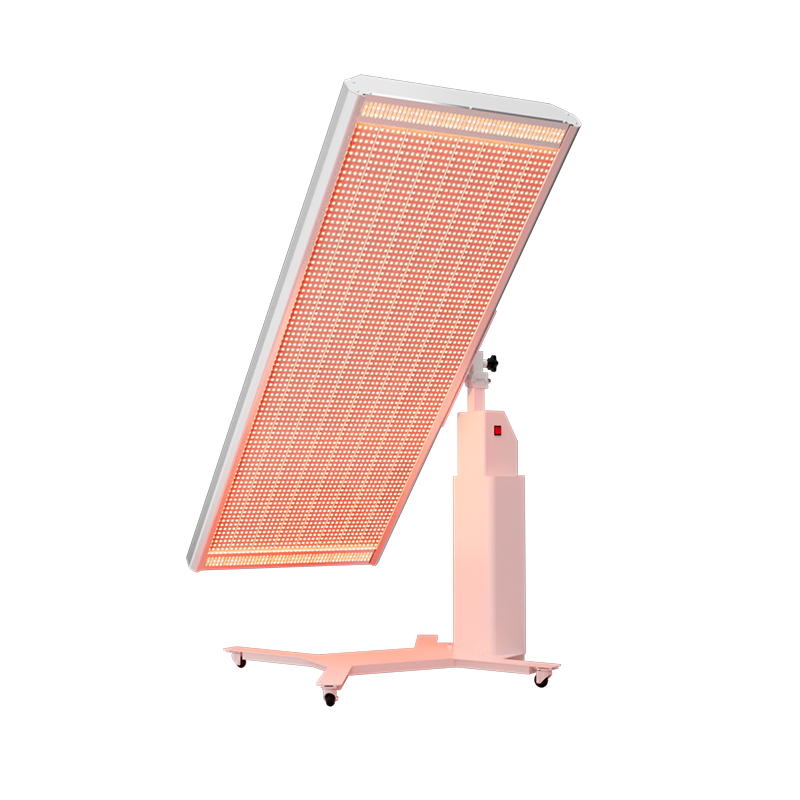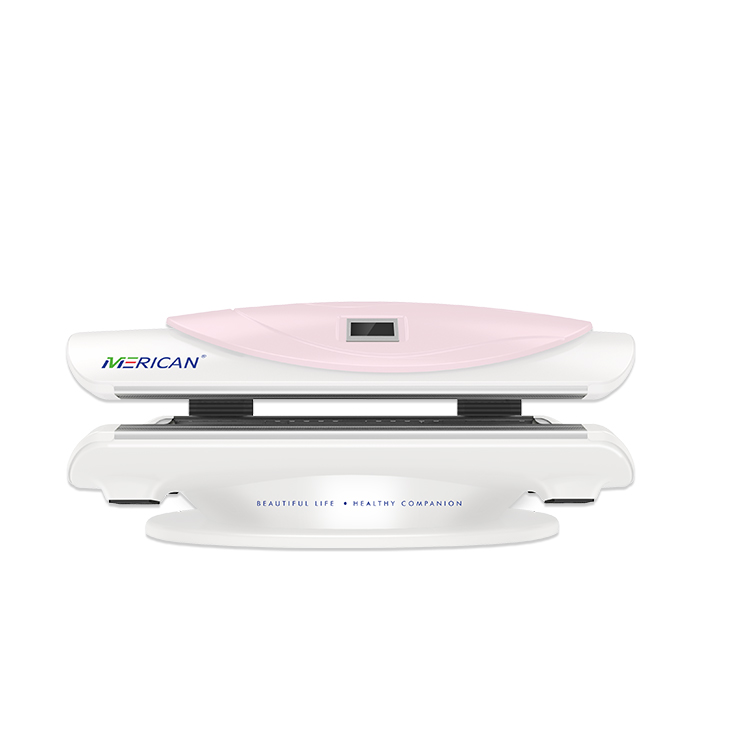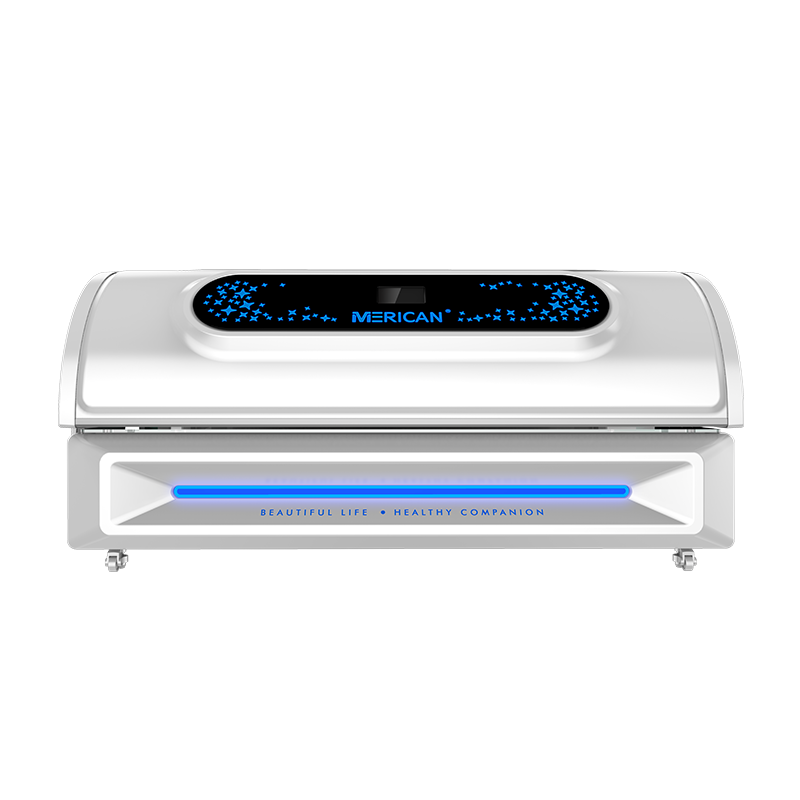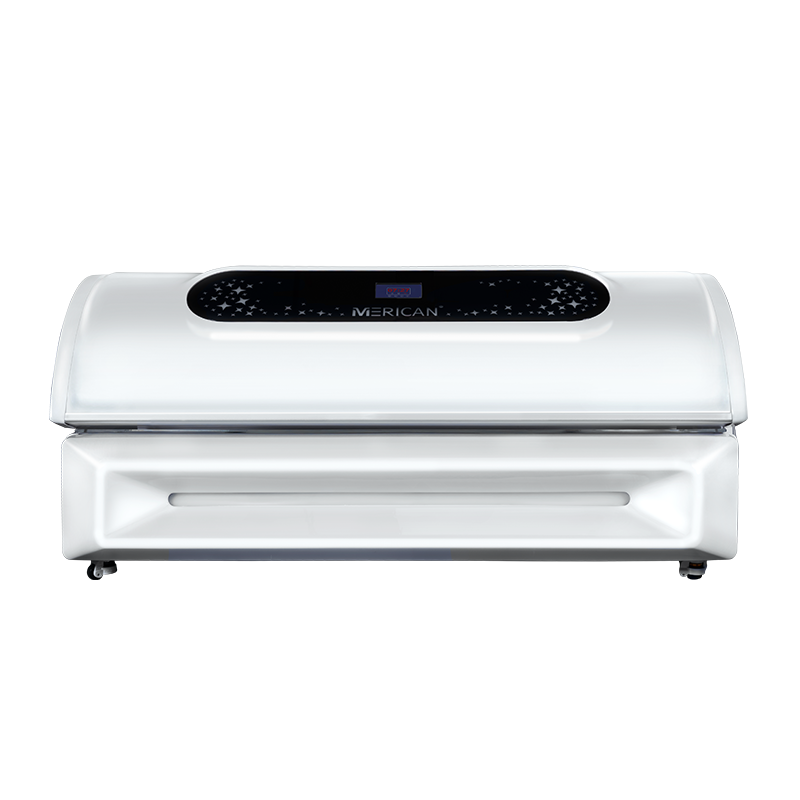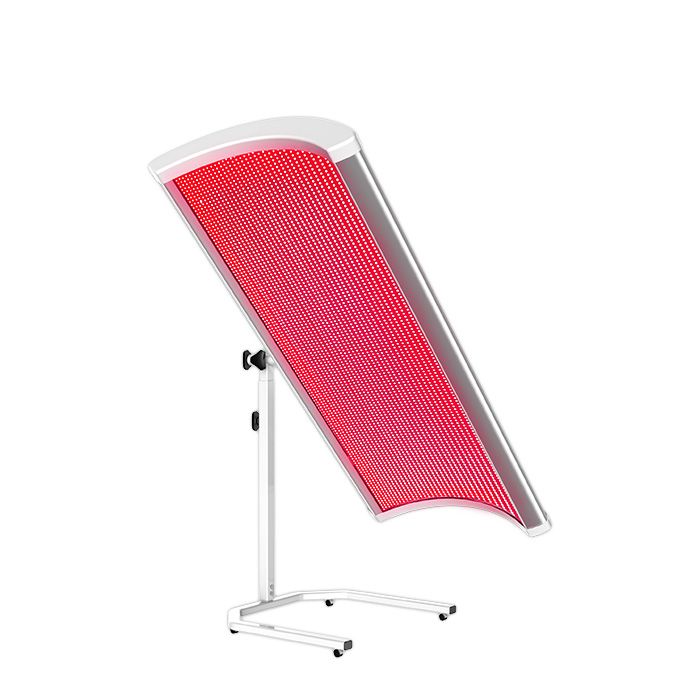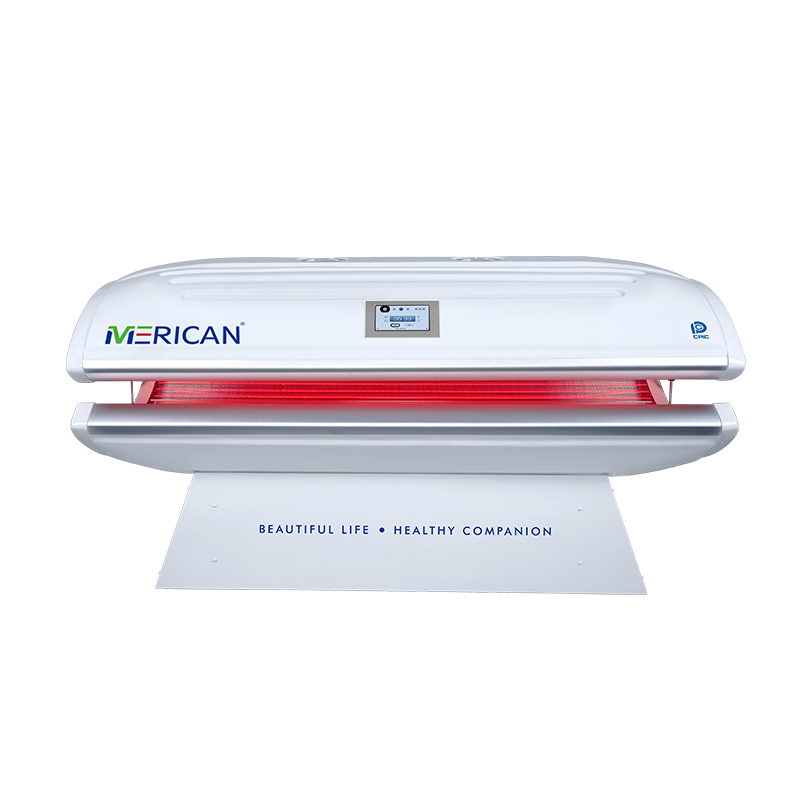What Is Red Light Therapy and How It Works in the Brain
العلاج بالضوء الأحمر (rlt)—also called photobiomodulation—uses low-level red or near-infrared light (620-850 نانومتر) to stimulate biological processes in the body.
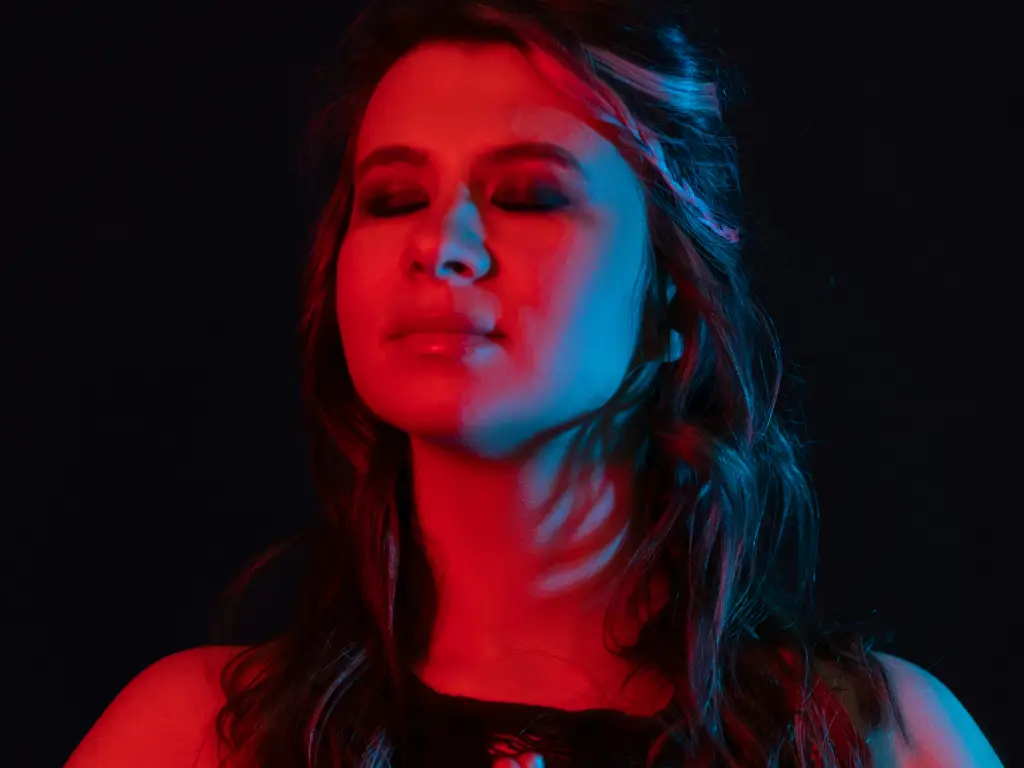
RLT boosts energy production in cells by activating mitochondria, ال “powerhouse” of the cell. This leads to more ATP (الطاقة الخلوية), which helps repair and stabilize nerve function.
How does it affect the brain?
When applied to the head, red light can penetrate the skull and reach brain tissue. Research suggests it may:
- Improve cerebral blood flow
- Reduce neuroinflammation
- Support neuron recovery
- Balance overactive pain pathways
These effects are especially relevant for migraine sufferers, whose headaches are often linked to brain energy deficits and inflammation.
By targeting the brain’s underlying stress factors, قد يساعد العلاج بالضوء الأحمر في تقليل تكرار الصداع النصفي وشدته — بدون دواء.
فهم الصداع النصفي
الصداع النصفي هو اضطراب عصبي معقد يتميز بنوبات متكررة من آلام الرأس المتوسطة إلى الشديدة, غالبا ما تكون مصحوبة باضطرابات حسية.
على عكس الصداع التوتري الشائع, يتضمن الصداع النصفي نشاطًا غير طبيعي في الدماغ يؤثر على كل من الجهاز العصبي المركزي والأوعية الدموية في الجمجمة. يتم التعرف عليها الآن على أنها اضطراب في شبكات الدماغ, وخاصة التي تنطوي على جذع الدماغ, قشرة, ونظام الأوعية الدموية الثلاثية.
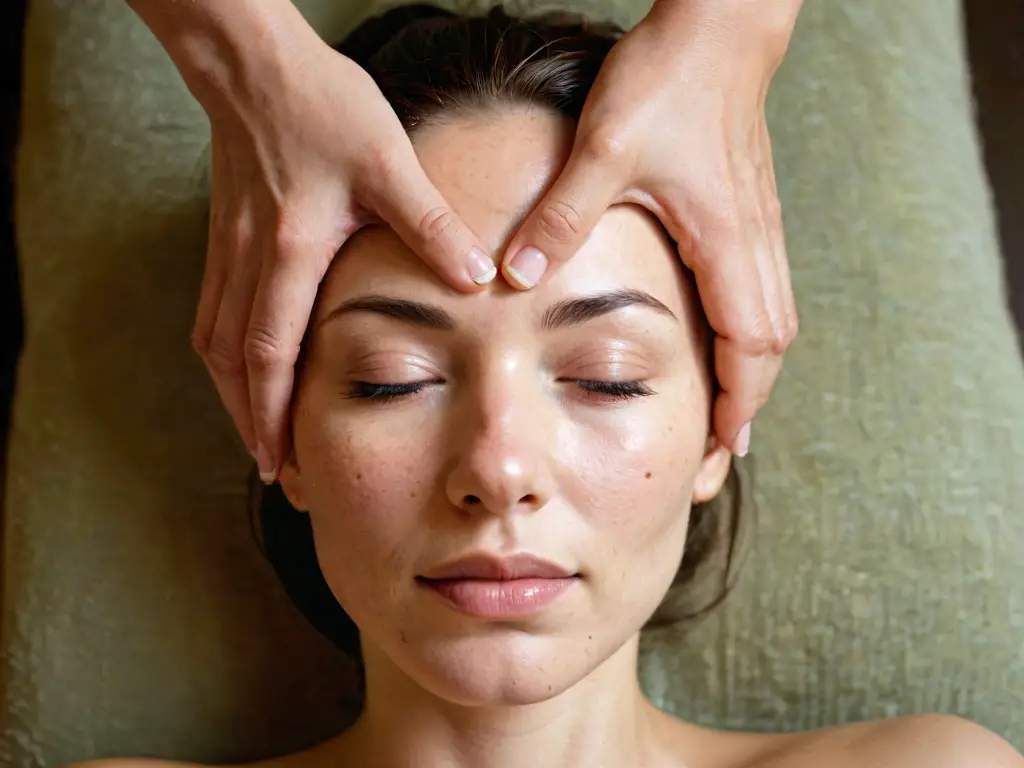
المشغلات المشتركة
غالبًا ما تنطلق نوبات الصداع النصفي من خلال مجموعة من العوامل البيئية, فسيولوجية, والعوامل السلوكية, مشتمل:
- التوتر والتغيرات العاطفية: يمكن لتقلبات الكورتيزول أن تعطل الاستقرار العصبي.
- التحولات الهرمونية: وخاصة التقلبات في هرمون الاستروجين, التي تؤثر على استثارة الدماغ.
- اضطراب النوم: Both lack and excess of sleep alter cortical arousal thresholds.
- Dietary factors: Aged cheese, alcohol (especially red wine), MSG, and caffeine withdrawal.
- Sensory stimuli: Bright lights, loud noise, or strong smells can overload the sensory cortex.
These triggers affect neurotransmitters like serotonin and CGRP, which regulate brain vascular tone and nociceptive signaling.
Core Symptoms
Migraine symptoms typically follow four clinical phases:
- Prodrome: Subtle signs like fatigue, yawning, food cravings, and neck stiffness.
- Aura (in some patients): Visual flashes, blind spots, or sensory distortions caused by cortical spreading depression.
- Attack: Throbbing headache (often unilateral), غثيان, photophobia, and phonophobia.
- Postdrome: Exhaustion, difficulty concentrating, و “brain fog” due to lingering neural fatigue.
Brain Involvement and Impact
Neuroimaging reveals structural and functional changes in chronic migraine patients, including reduced gray matter volume in pain-modulating areas like the insula and anterior cingulate cortex.
متأخر , بعد فوات الوقت, frequent attacks can impair cognitive performance, emotional regulation, and overall brain resilience. Recognizing migraine as a brain-centered disorder is key to developing effective, targeted therapies.
How Red Light Therapy May Help Relieve Migraines
The question of does red light therapy help migraines is increasingly supported by emerging mechanistic and clinical evidence.
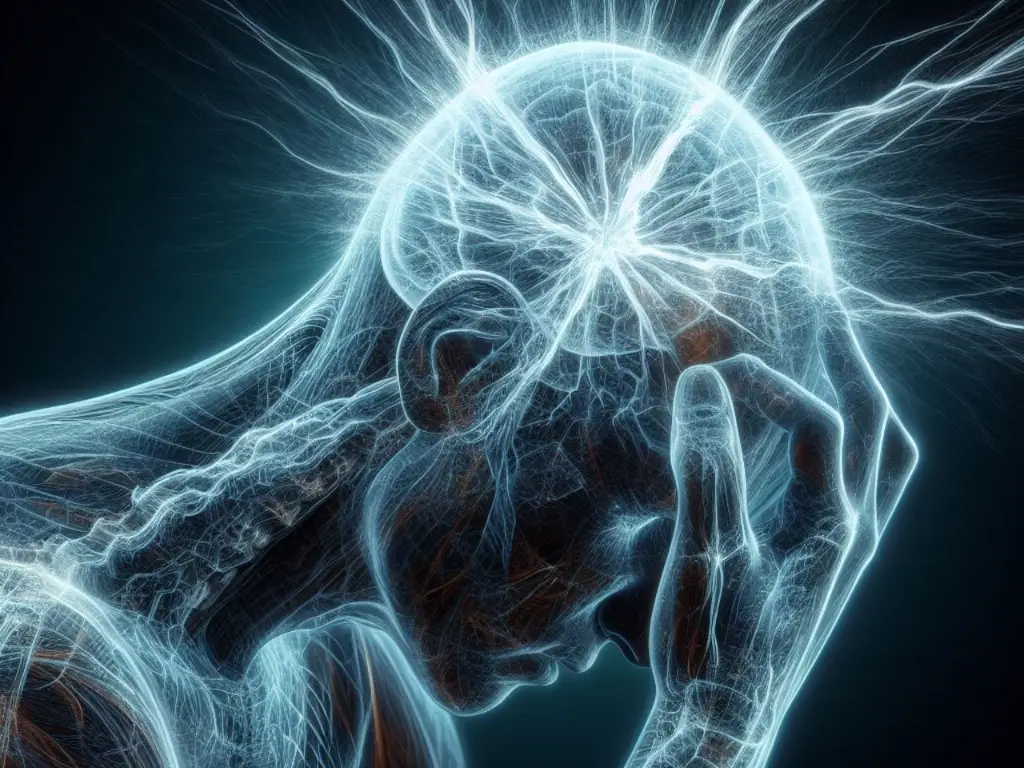
Below are five evidence-based ways it may support migraine relief:
1. Improved Mitochondrial Function in Brain Cells
Red light penetrates the scalp and stimulates cytochrome c oxidase in mitochondria, enhancing ATP production. Since migraineurs often show signs of impaired mitochondrial metabolism, this cellular energy boost can help stabilize neuronal activity and reduce migraine susceptibility.
2. Reduced Neuroinflammation
Migraines are linked to inflammation in the trigeminal nerve and surrounding brain tissue. RLT has been shown to decrease the expression of pro-inflammatory cytokines (على سبيل المثال, TNF-α, IL-1β) and increase anti-inflammatory markers, potentially alleviating migraine-related inflammation.
3. Regulation of Cortical Excitability
One migraine trigger is cortical spreading depression (CSD), a wave of hyperactivity followed by suppression in the brain’s cortex. Red light therapy may help modulate cortical excitability by stabilizing neuronal membrane potentials and reducing oxidative stress, thereby lowering the likelihood of CSD onset.
4. Enhanced Cerebral Blood Flow
Near-infrared wavelengths improve nitric oxide release, which dilates blood vessels and enhances oxygen delivery to the brain. This can help prevent the vasoconstriction-vasodilation cycle associated with migraine headaches.
5. Modulation of Pain Pathways
Red light therapy may downregulate activity in the trigeminovascular system, which is central to migraine pathophysiology. It may also increase endorphin release and influence serotonin levels, both of which contribute to reduced pain perception.
How to Use Red Light Therapy for Migraine Relief
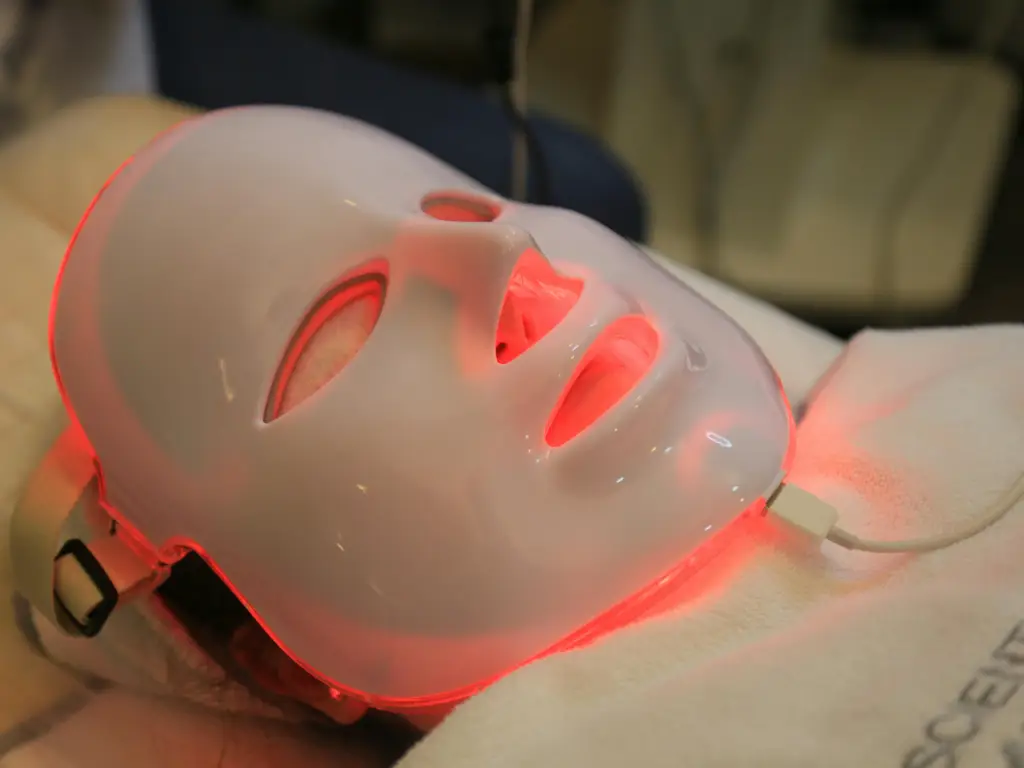
Recommended Parameters
- الطول الموجي:
660نانومتر (الضوء الأحمر): Good for surface-level treatment.
810-850nm (ضوء القريب من الأشعة تحت الحمراء): يخترق أعمق, ideal for targeting the brain.
- كثافة الطاقة: 20–100 mW/cm²
- مدة الجلسة: 5-20 دقيقة
- تكرار: 1–2 sessions per day for chronic sufferers; evaluate effect after 2–4 weeks
Best Device Types
| Device Type | وصف | إيجابيات | سلبيات |
| Headbands | Wearable, targets forehead/temples | Hands-free, brain-targeted | May have weaker LEDs |
| Face Masks | Covers whole face | Multi-benefit (جلد + ألم) | Not focused solely on brain |
| Wand Devices | Handheld, direct application | Portable, targeted use | Time-consuming |
Recommended Devices for Migraine Relief
سرير العلاج بالضوء الأحمر M4: 11,616 المصابيح, 1.2 kW, dual wavelengths (660 نانومتر & 850 نانومتر), touchscreen control, Bluetooth audio.
الأفضل ل: Home use targeting the head area to relieve migraines and improve brain energy metabolism.
Light Therapy Bed M5N:Customizable wavelengths, Wi‑Fi/LCD control, advanced cooling system.
الأفضل ل: Clinics needing flexible, professional-grade treatment options.
LED LED Therapy Bed M6N: 5-wavelength coverage, اختراق الأنسجة العميقة, tablet control, high output.
الأفضل ل: Medical or rehab centers treating neurological migraines.
إرشادات الاستخدام
- Start slow: 5–10 minutes per session, once a day.
- Observe effects: Improvement may appear after 2–4 weeks of consistent use.
- Avoid eye exposure: Always wear protective glasses.
- Sensitive skin or light sensitivity? Start with shorter sessions and monitor carefully.
- تتبع التقدم: Use a headache diary to correlate therapy with symptom relief.
العلاج بالضوء الأحمر مقابل. Other Natural Migraine Treatments
Comparing red light therapy with other non-pharmacological migraine interventions provides insight into its relative effectiveness and positioning within a broader treatment strategy.
| Treatment Modality | آلية | Evidence Level | القيود |
| العلاج بالضوء الأحمر | Cellular energy enhancement, مضاد للالتهابات, neurovascular modulation | Growing (clinical + preclinical) | Requires regular use; cost barrier for high-end devices |
| Acupuncture | Modulation of nerve pathways and endogenous opioids | معتدل | Practitioner-dependent |
| Magnesium Supplementation | NMDA receptor modulation, mitochondrial support | Strong for deficiency-related migraine | Limited effect if magnesium levels are normal |
| Biofeedback | Autonomic nervous system regulation | معتدل | Requires training and time investment |
| Cold/Heat Therapy | Temporary sensory distraction | قليل | Symptomatic relief only |
Unlike surface-level interventions, red light therapy potentially addresses deeper mitochondrial and neurovascular dysfunction in the brain. It is non-pharmacological, can be self-administered at home, and has a favorable safety profile, making it suitable for integration into multimodal migraine prevention strategies.
Is Red Light Therapy Worth Trying for Your Migraines
Preliminary clinical evidence suggests RLT may benefit select patients through multiple brain-related mechanisms. A critical evaluation is outlined below:
الأدلة السريرية: Promising but Preliminary
- Early studies show red/near-infrared light (630-850 نانومتر) may reduce migraine frequency and severity.
- Recent studies, such as those reviewed in this publication on photobiomodulation and the central nervous system (NCBI), أظهرت أن الضوء الأحمر للصداع النصفي قد يساعد في تعديل تنشيط الأوعية الدموية الثلاثية التوائم.
- لكن, الأدلة لا تزال محدودة; العلاج بالضوء الأحمر لا يزال تجريبيا, مساعد منخفض المخاطر - وليس العلاج الأولي.
ملف السلامة والآثار الجانبية
- يعتبر RLT آمنًا بشكل عام. لكن, أبلغ بعض المستخدمين عن الصداع بعد العلاج بالضوء الأحمر, يرتبط عادةً بالتعرض المفرط أو إعدادات الجهاز غير المناسبة.
- يجب أن يكون الاستخدام الأولي متحفظًا, خاصة في المنزل دون إشراف طبي.
من قد يستفيد
- مثالي لأولئك الذين لا يتحملون أدوية الصداع النصفي.
- مناسب للمرضى الذين يعانون من مشاكل الميتوكوندريا أو التهاب الأعصاب.
- تجنب في حالات الصرع أو الحساسية للضوء; استشارة المهنية.
استكشف أجهزة الضوء الأحمر المعتمدة من Merican للبدء اليوم.
الأسئلة الشائعة:
لماذا يعتبر العلاج بالضوء الأحمر مفيدًا للصداع النصفي؟?
أنه يعزز وظيفة الميتوكوندريا, يقلل من التهاب الأعصاب, ويحسن تدفق الدم الدماغي.
ما هو أفضل علاج بالضوء للصداع النصفي؟?
العلاج بالضوء القريب من الأشعة تحت الحمراء (810-850nm) هو الأكثر فعالية بسبب اختراقه العميق للأنسجة وتأثيراته التي تستهدف الدماغ.
ما هو الطول الموجي للضوء الأحمر الأكثر فعالية لعلاج الصداع النصفي؟?
تعتبر الأطوال الموجية بين 660 نانومتر و850 نانومتر الأكثر فعالية للوصول إلى الأنسجة المرتبطة بالصداع النصفي في الدماغ.
هل العلاج بالضوء الأحمر آمن للاستخدام على منطقة الرأس والدماغ؟?
نعم, عندما تستخدم بشكل صحيح, إنها آمنة بشكل عام وذات مخاطر منخفضة.

